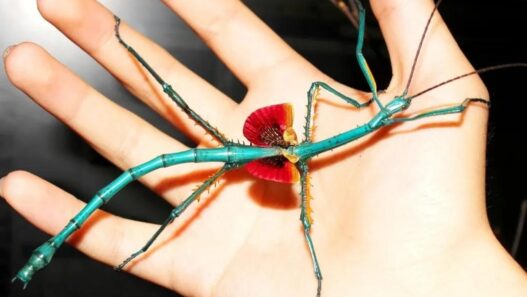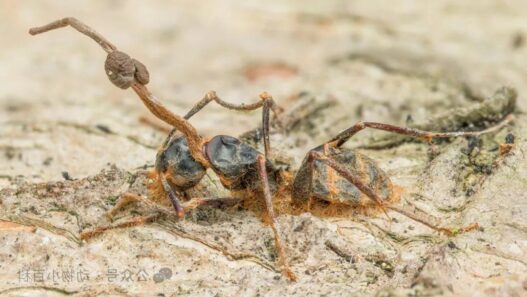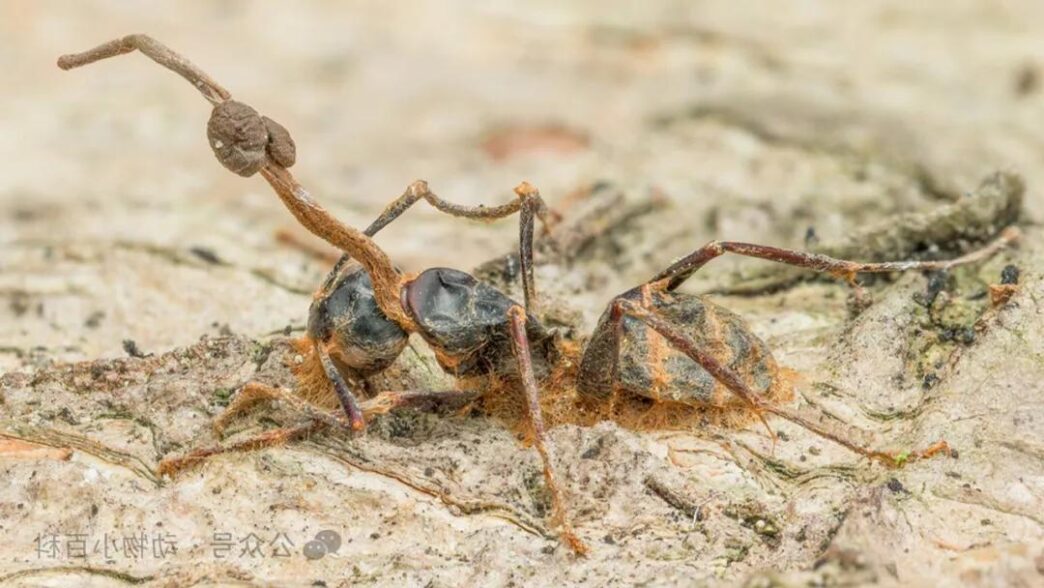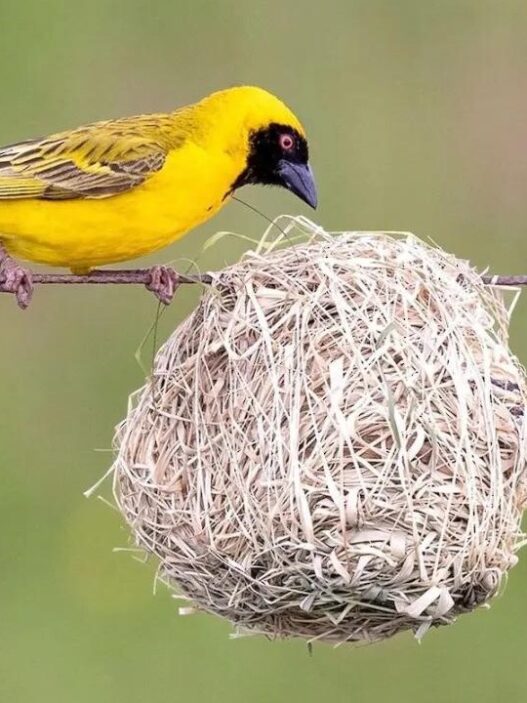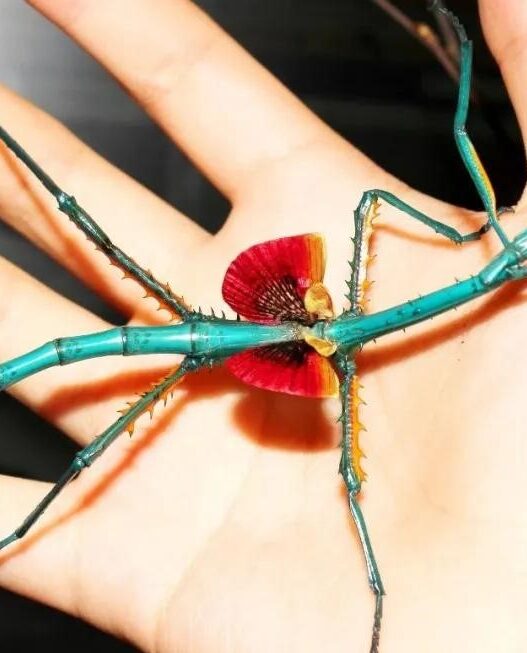The world is full of surprises, especially when it comes to nature’s most bizarre creatures. Some animals’ shapes, sizes, and traits defy our expectations and break all the norms of natural biology. From microscopic survivors to life forms straight out of science fiction, nature has certainly outdone itself. So, what are some of the strangest creatures you’ve never heard of? Today, we dive into a list of the “Top 10 Weirdest Creatures,” from the tough, nearly indestructible tardigrade to the mind-bending woodii cycad. Let’s explore these extraordinary life forms!
1. Tardigrades: The Indestructible Creatures
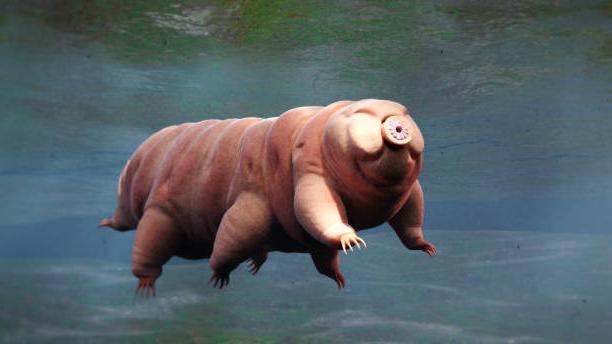
Tardigrades, also known as water bears, are widely considered to be one of the toughest creatures on Earth. These microscopic animals have been around for more than 500 million years and have earned the title of “Earth’s most resilient life form.” They can survive in extreme conditions that would instantly kill most other organisms, from the freezing cold of -272°C to the scorching heat of 151°C. They can endure radiation levels that are hundreds of times higher than what would be lethal to humans. Even in outer space, tardigrades have been shown to survive. If the Sun doesn’t explode, they might just outlast us all.
2. Stygobromus hayi: A Creature with Inverted Biology
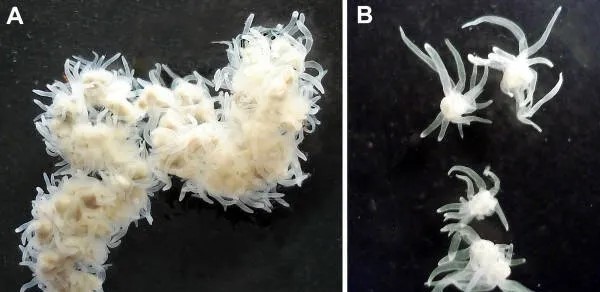
The stygobromus hayi, also known as the “Mouthless Sea Cucumber,” is one of nature’s oddities. Its appearance is bizarre, and its life cycle is even stranger. This species has evolved to possess external anatomy, with organs and internal structures forming on the outside of its body. Essentially, its internal organs become exposed, allowing it to “feed” using its external parts in a unique way. The way it lives and adapts to its environment is a textbook example of evolutionary divergence.
3. The Century Plant (Agave americana): A Living Fossil
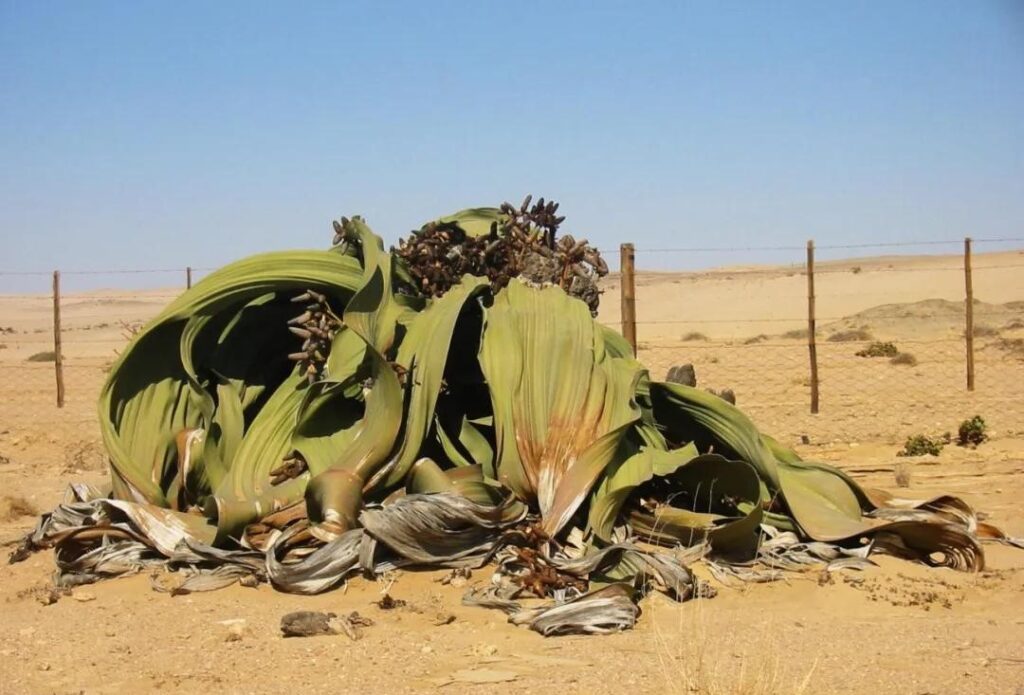
Often referred to as the world’s strangest plant, the century plant is one of the oldest species still alive on Earth. With a lifespan of up to 1,500 years, it is an ancient survivor of climate and geological changes. This plant has earned its title as a living fossil and is capable of thriving in extremely harsh conditions in the deserts of Namibia. Known for its stunning flowers that only bloom once in a century, this plant is not only beautiful but also incredibly resilient.
4. Sea Squirts: Masters of Self-Evolution
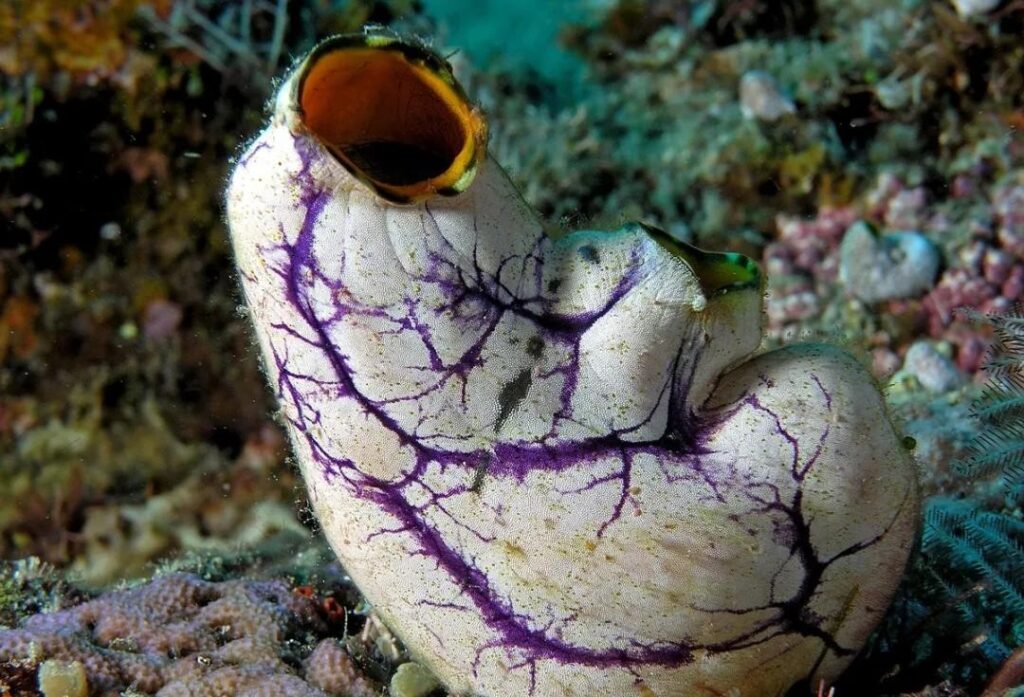
Sea squirts are marine animals that undergo one of the most shocking transformations in the animal kingdom. Starting their lives as free-swimming larvae, they have rudimentary brains and a nervous system. But when they find a suitable surface, they attach themselves and begin the bizarre process of self-cannibalization. As adults, they digest their own brain, leaving behind only the most basic structures to sustain their life. This reverse evolution is unparalleled in the animal world.
5. Lion’s Mane Jellyfish: The Largest Jellyfish on Earth
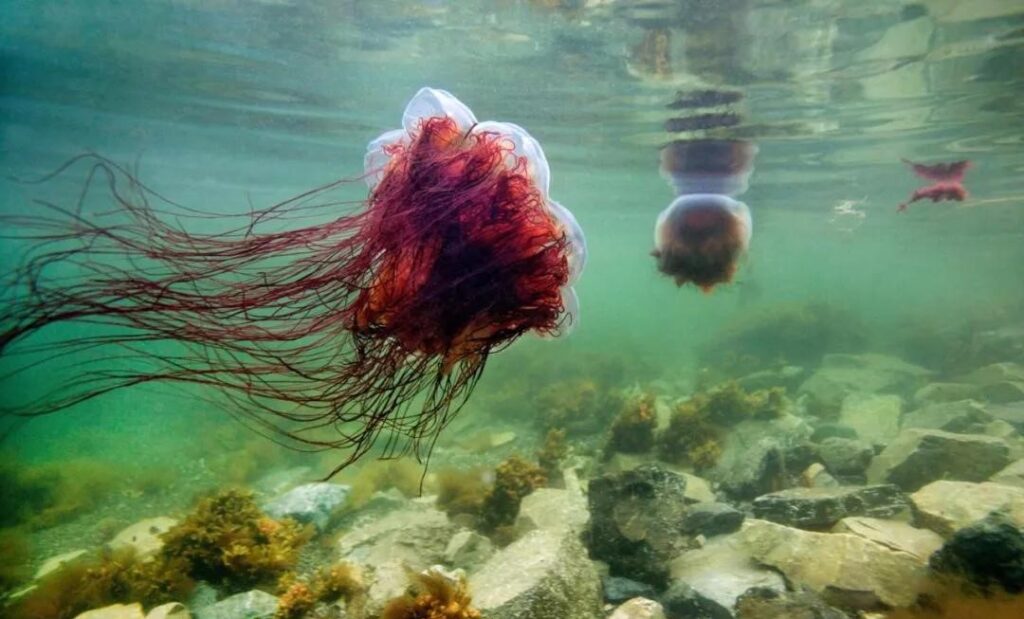
The lion’s mane jellyfish is not only one of the largest jellyfish species but also one of the most ancient. With tentacles that can stretch up to 35 meters long, this jellyfish is almost as large as a blue whale. Despite its size and simplicity—lacking a true brain—its stinging tentacles are one of the most potent weapons in the ocean, capable of paralyzing prey and even humans. It remains a mystery in the world of marine biology.
6. Rafflesia arnoldii: The Stinky Giant Flower
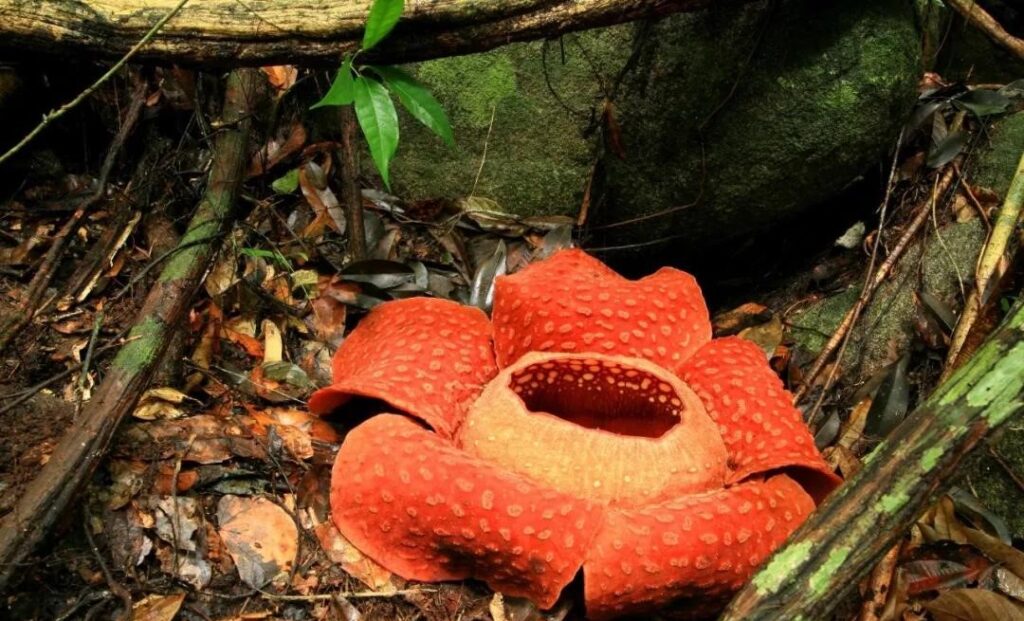
Rafflesia arnoldii, or the corpse flower, is infamous for its massive size and disgusting odor, reminiscent of rotting flesh. Found in the tropical rainforests of Southeast Asia, this parasitic plant grows to over 3 feet in diameter and can take months to bloom. During its brief flowering period, it attracts pollinators like carrion beetles and flies, who are lured by its smell. Its existence is a wonder of nature’s unpredictability.
7. Bobbit Worm: A Sea Monster with a Deadly Bite
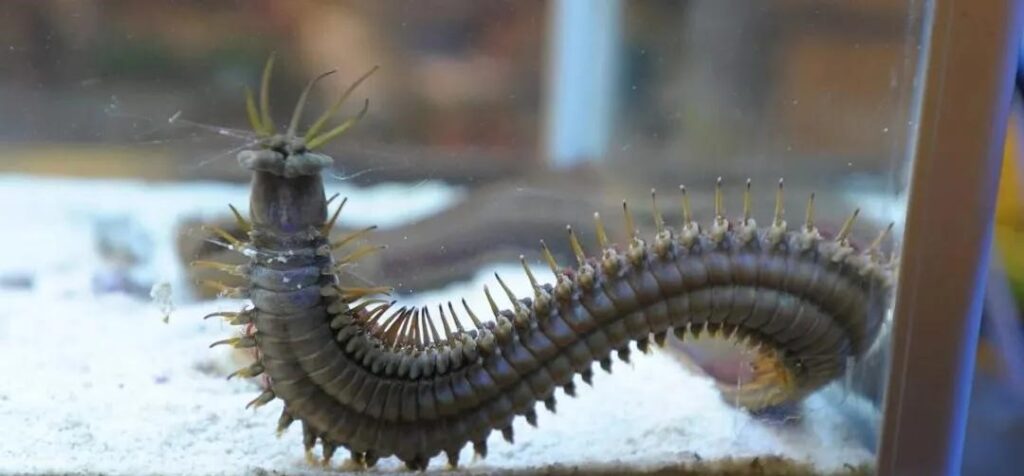
Bobbit worms are infamous for their predatory behavior and terrifying appearance. These worms can grow up to 3 meters long and live in the ocean floor, lurking beneath the sand with only their antennae exposed. When they sense movement in the water, they strike with incredible speed, using their sharp pincers to slice through prey, including small fish and even unsuspecting divers. Their ferocity and stealth make them one of the ocean’s deadliest predators.
8. Encephalartos woodii: The Rarest Plant in the World
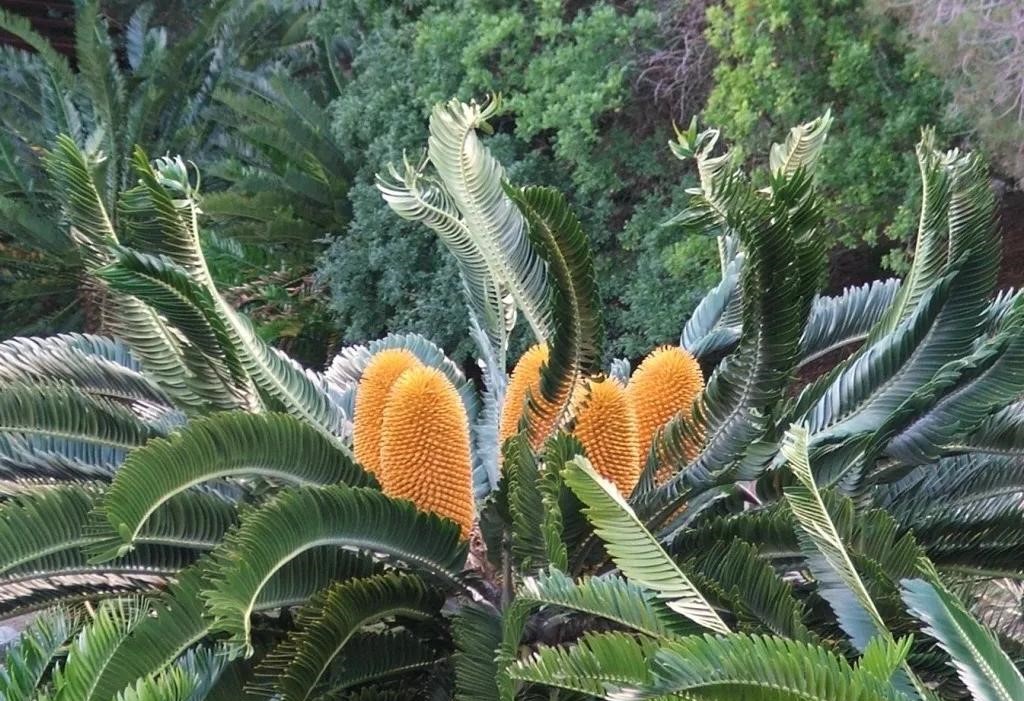
The Encephalartos woodii, a type of cycad, is the rarest plant in the world. Once thought to be extinct, this plant was rediscovered in South Africa in the early 20th century. All known specimens are male, rendering them unable to reproduce naturally. Efforts are ongoing to save this species through artificial breeding, but with no known females, this remarkable plant is functionally extinct.
9. Yeti Crab: The Crab with Hairy Claws

The Yeti crab, discovered in 2005 off the coast of the South Pacific, is known for its unusual appearance. With long, hairy pincers that resemble fur, this creature was named after the mythical Yeti due to its bizarre, almost monstrous features. The “hair” on its claws contains bacteria that help detoxify the poisonous minerals found in the hot vents where the crab lives.
10. Zombie Fungus: Master of Mind Control
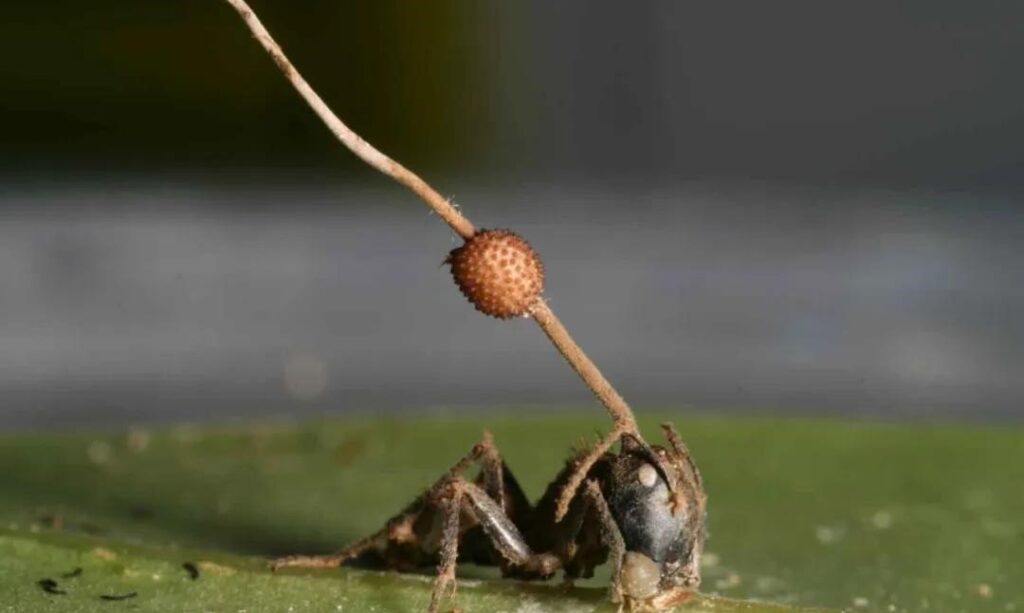
The Ophiocordyceps fungus is not your ordinary fungus—it has the ability to control the minds of ants. Once an ant becomes infected, the fungus invades its brain and compels it to leave its colony, climbing vegetation and attaching itself to the underside of a leaf. The fungus then kills the ant, growing through its body and emerging from the back of its head to release spores. It’s a gruesome yet fascinating example of nature’s ingenuity.






